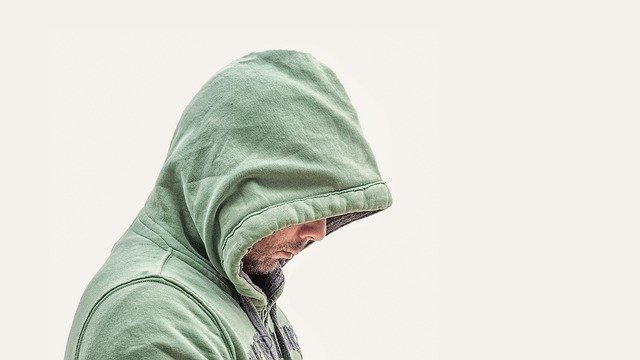The North Face: Key Features and Winter Essentials Explained
When winter weather demands reliable protection, understanding what makes quality outerwear effective becomes essential. The North Face has established itself as a prominent brand in outdoor apparel, offering various jacket styles designed for different winter conditions. From insulation technologies to weather resistance features, these jackets incorporate specific design elements that address cold weather challenges. Whether you're navigating urban environments or exploring outdoor trails, knowing the key characteristics of winter jackets helps you make informed decisions about cold weather gear that suits your specific needs and activities.

Understanding North Face Winter Jacket Technologies
The North Face incorporates several proprietary technologies in their winter jacket construction. DryVent fabric provides waterproof and breathable protection, while ThermoBall insulation mimics down’s warmth retention properties even when wet. These jackets often feature sealed seams, adjustable hoods, and multiple pocket configurations for gear storage. The brand’s Heatseeker insulation offers synthetic warmth that maintains loft in various conditions, making these jackets suitable for different winter activities.
Guide to Winter Jacket Selection Criteria
Selecting appropriate winter outerwear involves evaluating several factors beyond brand recognition. Temperature ratings, activity levels, and local climate conditions all influence jacket performance. Layering systems work more effectively than single heavy coats in many situations. Consider jacket length, fit around shoulders and arms, and compatibility with other winter gear. Ventilation features like pit zips help regulate body temperature during active pursuits, while storm flaps protect zippers from wind and moisture infiltration.
North Face Jacket Benefits for Different Activities
Different jacket models serve specific purposes within winter wardrobes. Insulated parkas provide maximum warmth for stationary activities or extreme cold exposure. Shell jackets offer wind and water protection while allowing layering flexibility underneath. Three-in-one systems combine removable insulation with weatherproof outer shells, adapting to changing conditions. Urban-focused designs emphasize style and everyday functionality, while technical mountaineering jackets prioritize performance features like helmet-compatible hoods and gear loops.
| Jacket Type | Model Example | Price Range | Key Features |
|---|---|---|---|
| Insulated Parka | McMurdo Parka | $300-$400 | Down insulation, extended length, multiple pockets |
| Shell Jacket | Venture 2 | $100-$150 | Waterproof, packable, basic protection |
| Three-in-One | Carto Triclimate | $200-$300 | Removable liner, versatile system, all-season use |
| Technical Jacket | Summit Series | $400-$600 | Advanced materials, mountaineering features, extreme conditions |
Prices, rates, or cost estimates mentioned in this article are based on the latest available information but may change over time. Independent research is advised before making financial decisions.
Maintenance and Care for Winter Jackets
Proper care extends jacket lifespan and maintains performance characteristics. Down insulation requires specific washing techniques using down-safe detergents and thorough drying with tennis balls to restore loft. Synthetic insulation proves more forgiving but still benefits from gentle washing cycles. DWR (Durable Water Repellent) coatings need periodic reapplication to maintain water resistance. Store jackets uncompressed when possible, and address small tears immediately to prevent further damage.
Comparing Winter Jacket Brands and Features
While The North Face offers comprehensive winter jacket options, other brands provide alternative approaches to cold weather protection. Patagonia emphasizes environmental responsibility in manufacturing processes. Canada Goose specializes in extreme cold weather gear with premium down insulation. Arc’teryx focuses on technical performance for serious outdoor enthusiasts. Columbia provides budget-friendly options with proprietary technologies like Omni-Heat reflective lining. Each brand targets different market segments while addressing similar winter protection needs.
Winter jacket selection ultimately depends on individual requirements, budget considerations, and intended use patterns. Quality construction, appropriate insulation, and weather protection features matter more than brand names alone. Understanding these fundamental characteristics helps identify jackets that provide reliable performance across various winter conditions and activities.




